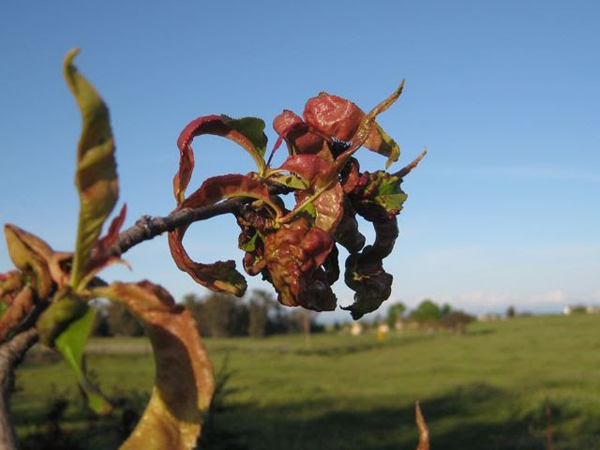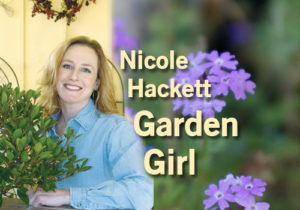Fall in the garden is a time for planting, prevention and prep

 CLAYTON, CA (Nov. 12, 2021) — The fall planting season got a welcome kick-start with all that wonderful rain.
CLAYTON, CA (Nov. 12, 2021) — The fall planting season got a welcome kick-start with all that wonderful rain.
Our Clayton Valley soils were nicely softened, allowing for easier hole digging – which we all know is such a chore once our native soil dries. This is excellent news for those looking to take advantage of the fall planting season.
Soil temperatures are still warm enough for trees, shrubs and other foundation plants to benefit from fall planting. But there is more to do in the fall other than planting. Those who have stone fruit trees should have copper fungicide and dormant spray on hand. Use the first application of fungicide to peach, nectarine, apricot and plum trees around Thanksgiving, once the foliage has fallen.
The key is preventing peach leaf curl, which is a problem for many stone fruit. If your stone fruit trees suffered from blistered foliage during the summer, that’s peach leaf curl. Left untreated, it can cause fruit to be covered with raised wrinkles and irregular lesions.
Peach leaf curl is hard to control, so you will need several applications during the tree’s dormant season. Spray around Thanksgiving, New Year’s and a final application when the trees are in full bud but before the buds open.
Apply dormant spray at this time to help control scale, mealy bug and other pests. But apple trees, fig, pomegranate and persimmon have no need for dormant spraying.
Mophead hydrangeas need tending now as well. Those who grow blue or lavender hydrangeas should apply aluminum sulfate to the soil beneath the plants. This will change to alkalinity to promote the blue tones in your flowers next year. Give hydrangeas a couple applications about six weeks apart.
If you are seeking a more distinct pink to your hydrangeas, add agricultural lime to the soil at the same application rate. If you have white hydrangeas, you do not need to do anything.
Resist the urge to prune hydrangeas now; wait until the first signs of spring.
Fertilizing
Azalea, rhododendron, pieris and camellia plants should all be fertilized with a bloom-promoting formula, such as 0-10-10. Depending on the color of your plant’s leaves, you may need to apply iron.
Loropetalum and star jasmine would love some fertilizer at this time. Apply a multi-purpose formula. We use 16-16-16, but any balanced formula will do. Balanced formulas are when all three number on the label are the same.
Lawns are also on the November chore list. Have your lawn aerated if it hasn’t been done in the past two years. Reseed the entire lawn if you’re experiencing thinning or patchy growth. Spread a thin layer of premium soil conditioner on top of the lawn.
If your lawn just looks summer rough, apply the recommended amount of organic lawn food throughout. The humic acid and beneficial microbes will help with strong roots, deeper green color and disease resistance. Organic lawn foods are not label specific. You can use the product throughout the landscape if you choose.
There is never any rest for the garden lover. Putting in the work now will help ensure a prettier spring.
Nicole is the Garden Girl at R&M Pool, Patio, Gifts and Garden. You can contact her with questions or comments by email at gardengirl94517@yahoo.com

Nicole Hackett
Nicole is the Garden Girl at R&M Pool, Patio, Gifts and Garden. You can contact her with questions or comments by email at gardengirl94517@yahoo.com
